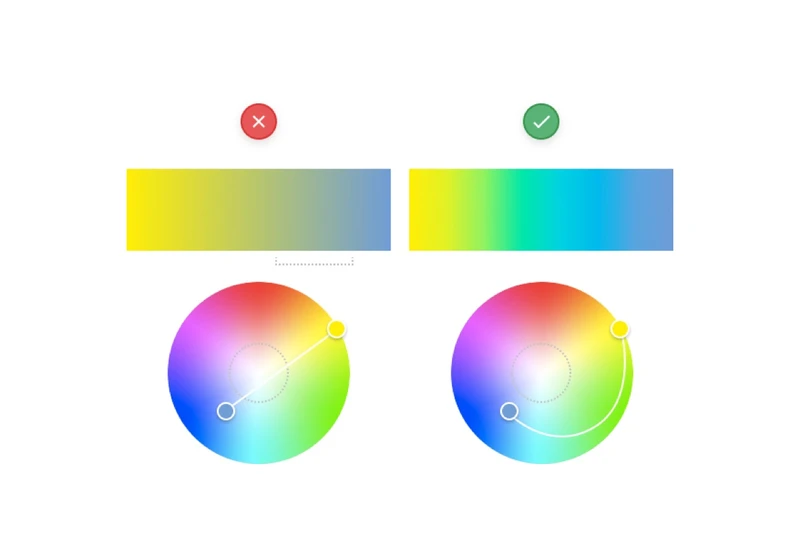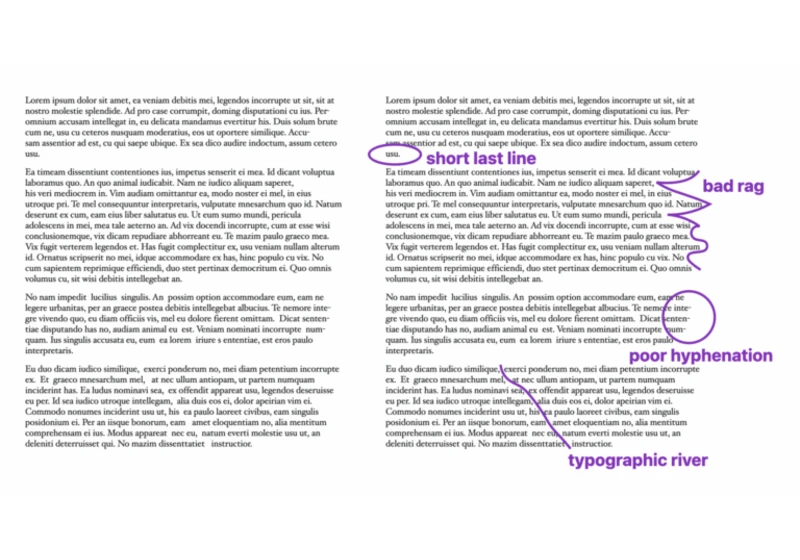
I really like the kind of tech writing where a fellow developer lays out some specific needs, tries out different tech to fulfill those needs, and documents how it went for them. That’s exactly what Andrew Walpole did here. …
The post Through the pipeline: An exploration of front-end bundlers appeared first on CSS-Tricks. You can support CSS-Tricks by being an MVP Supporter.
https://dev.to/walpolea/through-the-pipeline-an-exploration-of-front-end-bundlers-ea1

I really like the kind of tech writing where a fellow developer lays out some specific needs, tries out different tech to fulfill those needs, and documents how it went for them. That’s exactly what Andrew Walpole did here. …
The post Through the pipeline: An exploration of front-end bundlers appeared first on CSS-Tricks. You can support CSS-Tricks by being an MVP Supporter.
https://css-tricks.com/through-the-pipeline-an-exploration-of-front-end-bundlers/

In this week’s news, Chrome tackles focus rings, we learn how to get “donut” scope, Global Privacy Control gets big-name adoption, it’s time to ditch pixels in media queries, and a snippet that prevents annoying form validation styling. Chrome will…
The post Weekly Platform News: Focus Rings, Donut Scope, Ditching em Units, and Global Privacy Control appeared first on CSS-Tricks. You can support CSS-Tricks by being an MVP Supporter.

Uh, what’s @property? It’s a new CSS feature! It gives you superpowers. No joke, there is stuff that @property can do that unlocks things in CSS we’ve never been able to do before. While everything about @property is exciting, …
The post Exploring @property and its Animating Powers appeared first on CSS-Tricks. You can support CSS-Tricks by being an MVP Supporter.
https://css-tricks.com/exploring-property-and-its-animating-powers/

The internet has connected 4.66 billion people with each other as of October 2020. A total of 59% of the world’s total population. Amazingly, this is not even the surprising part. The stat to look out for is mobile users …
The post How to Develop and Test a Mobile-First Design in 2021 appeared first on CSS-Tricks. You can support CSS-Tricks by being an MVP Supporter.
https://css-tricks.com/how-to-develop-and-test-a-mobile-first-design-in-2021/

UI components like spinners and skeleton loaders make waiting for a page load less frustrating and might even affect how loading times are perceived when used correctly. They won’t completely prevent users from abandoning the website, but they might encourage …
The post A Bare-Bones Approach to Versatile and Reusable Skeleton Loaders appeared first on CSS-Tricks. You can support CSS-Tricks by being an MVP Supporter.
https://css-tricks.com/a-bare-bones-approach-to-versatile-and-reusable-s
Jim Nielsen:
I think you’ll find it quite refreshing to use React A) with a JSX-like syntax, and B) without any kind of build tooling.
Refreshing indeed: CodePen Embed Fallback It’s not really the React that’s the hard part …
The post React Without Build Tools appeared first on CSS-Tricks. You can support CSS-Tricks by being an MVP Supporter.
https://blog.jim-nielsen.com/2020/react-without-build-tools/

Here’s a nice simple demo from Moritz Gießmann on animating the triangle of a element, which is the affordance that tells people this thing can be opened. Animating it, then is another kind of affordance that tells people …
The post How to Animate the Details Element appeared first on CSS-Tricks. You can support CSS-Tricks by being an MVP Supporter.

Zach Leatherman wrote up a comprehensive list of font loading strategies that have been widely shared in the web development field. I took a look at this list before, but got so scared (and confused), that I decided not to …
The post The Best Font Loading Strategies and How to Execute Them appeared first on CSS-Tricks. You can support CSS-Tricks by being an MVP Supporter.
https://css-tricks.com/the-best-font-loading-strategies-and-how-to-execute-them/

Erik D. Kennedy notes an interesting phenomenon of color gradients. If you have a gradient between two colors where the line between them in the color space goes through the zero-saturation middle, you get this “gray dead zone” in …
The post The “Gray Dead Zone” of Gradients appeared first on CSS-Tricks. You can support CSS-Tricks by being an MVP Supporter.


